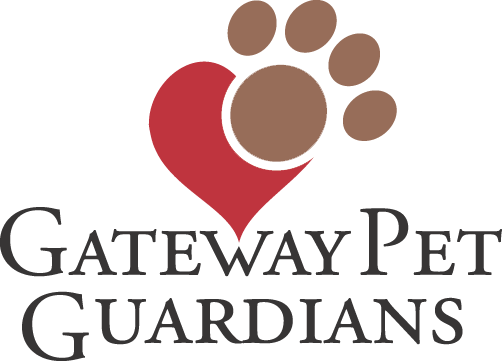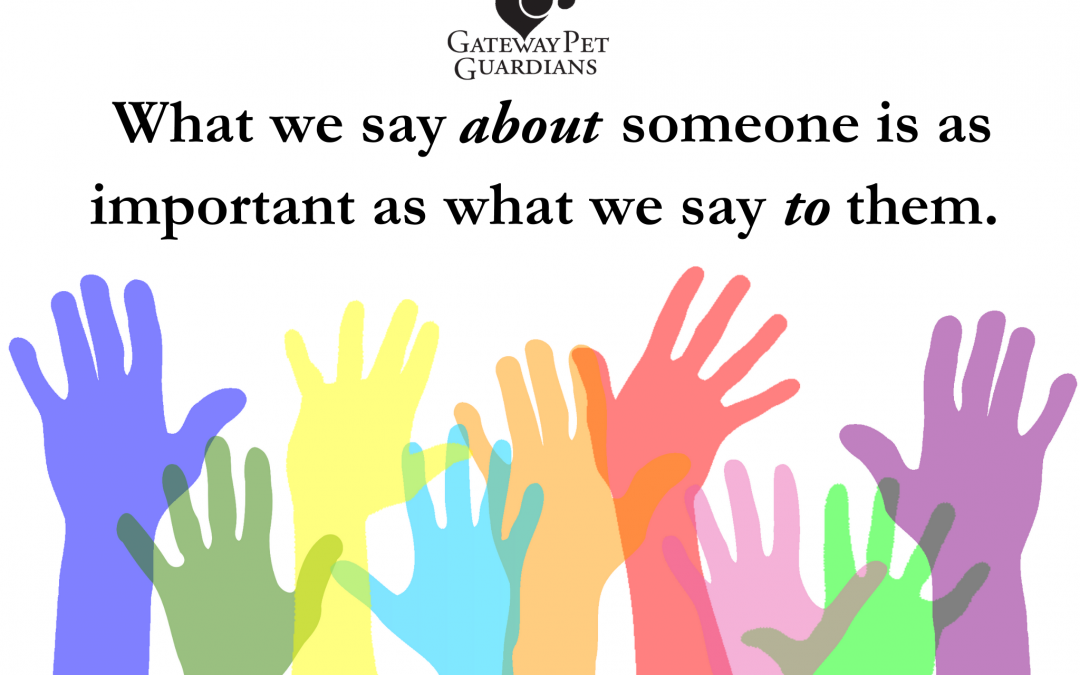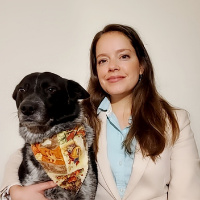From the desk of the Executive Director, Emily Stuart
In the late 1990s, a team of academics at the University of Kansas formalized the Strengths-Based Approach, now used widely in social work. Over the last 20 years, human service organizations have moved away from a deficits-based practice, focused on what an individual, family, or community lacks, and towards a practice that accentuates strengths, capacities, and resilience. In our industry, we routinely implement this approach with animals – giving them the benefit of the doubt, reframing problematic behavior as “quirks” that deserve extra resourcing, and combating negative and untrue stereotypes about dog breeds. However, this grace is rarely extended to the people who exist in the animals’ orbits – owners, especially those who surrender – and the communities in which the animals live.
What does a strengths-based approach look like? Allow me to provide a recent example from Gateway Pet Guardians. On security video, a woman was observed driving up to our building after hours, tying a dog to a pole out front, and driving away. On the surface level, this looks like a human callously disposing of an animal. When we looked further, we saw that the same woman returned multiple times to provide food and water until staff were able to arrive. She cared about the welfare of this animal and did what she thought was best: get the dog to a safe place.
What we say about someone is as important as what we say to them. It is not rare to encounter communications from peer organizations that shame and blame people, including calling owner-surrenders “betrayals,” and describing neighborhoods where animals have been found as “terrors.” Falsehoods and stereotypes about different races/ethnicities are paired with exploitative images of injured or sick animals. Linking an image and words that are otherwise unrelated, known as paired association, is fuel to the fire. Our deficits-based approach to humans is a self-fulfilling prophecy. If we want caregivers and communities to reach out to us when they find an animal in need, why would we foment distrust through repeated negative characterizations?
Seemingly benign descriptions of people and communities can also do harm. Words like under-served or under-resourced have supplanted previously favored terms like poor, or low-income. Still, these words place accountability upon the person experiencing deprivation instead of on the policies and institutions withholding resources. The offensive party is never named and we once again reduce people to an empty plate, instead of recognizing their ability to survive while tethered in an invisible net of systemic oppression. Let me be clear: resilience is a trauma-response, not a celebration. Justice is removing the net, not patronizing those who manage to live through oppression with a pat on the back. Treating people with dignity and recognizing their inherent humanity should be an ethical obligation of any organization, including those in animal welfare.
If our collective goal is that animals are safe, secure, and healthy in a variety of homes and communities, then we need to manifest this mission in our words and images. The added benefit is an expanded network of community allies, volunteers, fosters, and supporters. We do not get to complain that our networks are not large enough when we routinely communicate that people are the enemy. The only possible outcome of continuing a deficits-based practice in animal welfare is to widen the chasm of communication, stigmatize whole communities, and create a world where a measure of one’s ability to care for an animal is the size of their wallet, zip code, or skin color, and not their capacity to give and receive love.
Please contact Emily Stuart | emily@gatewaypets.org


